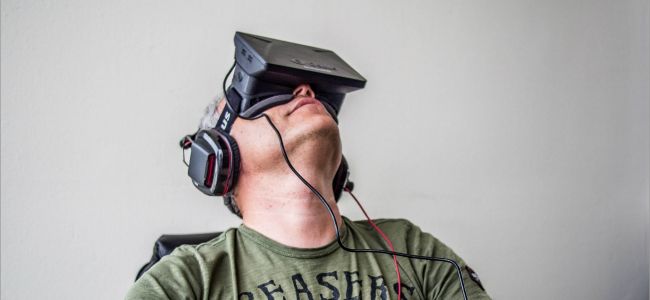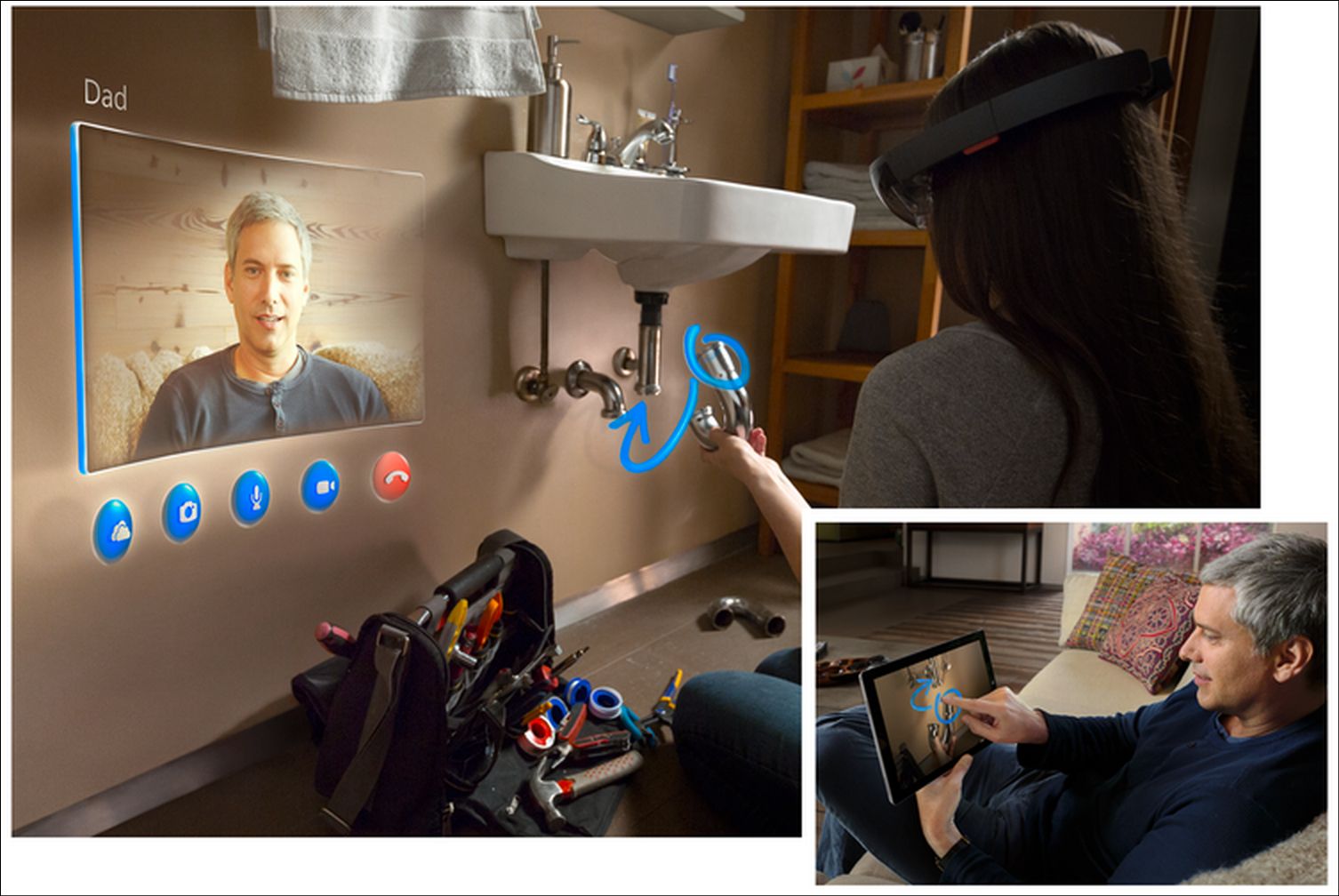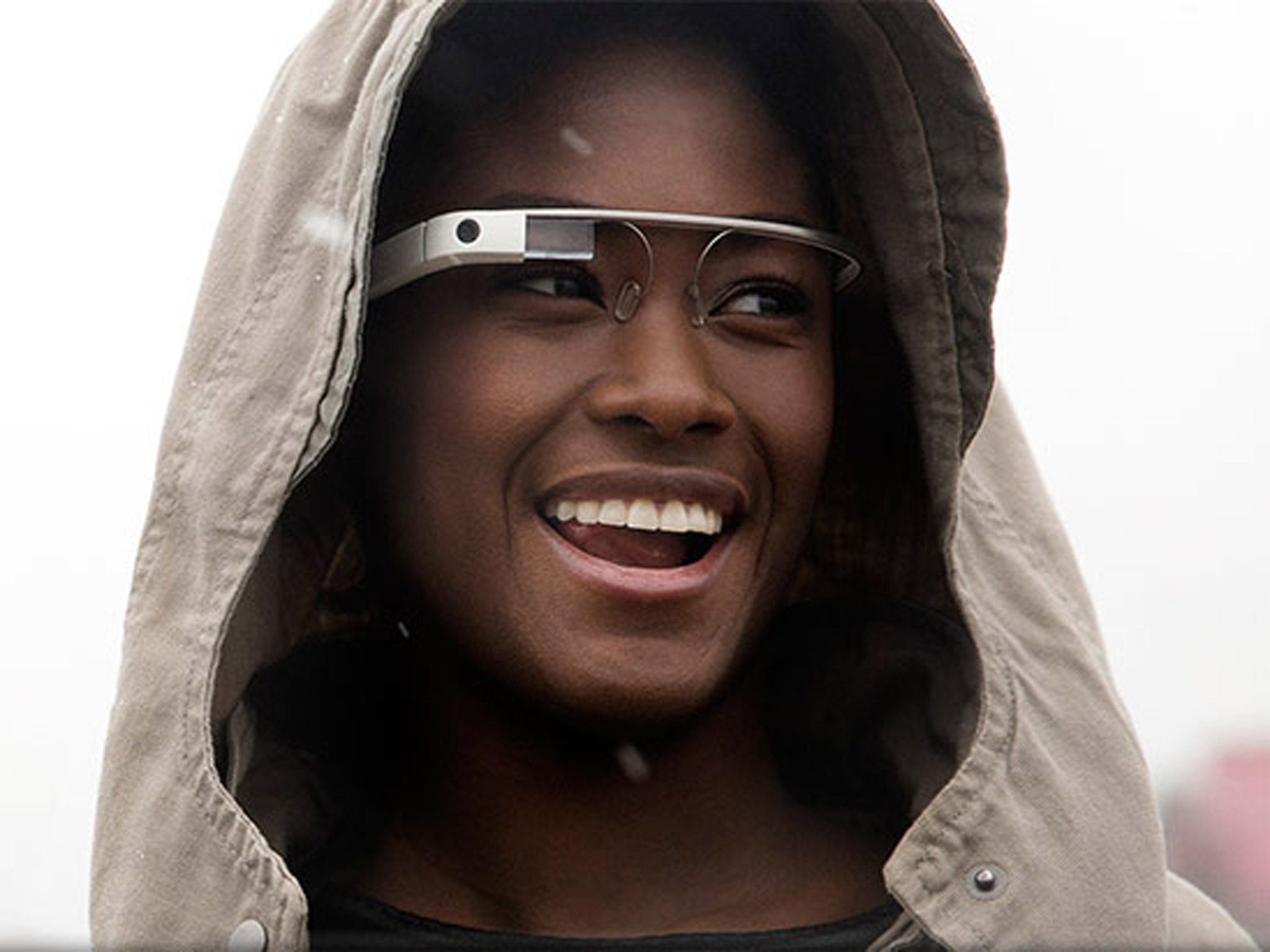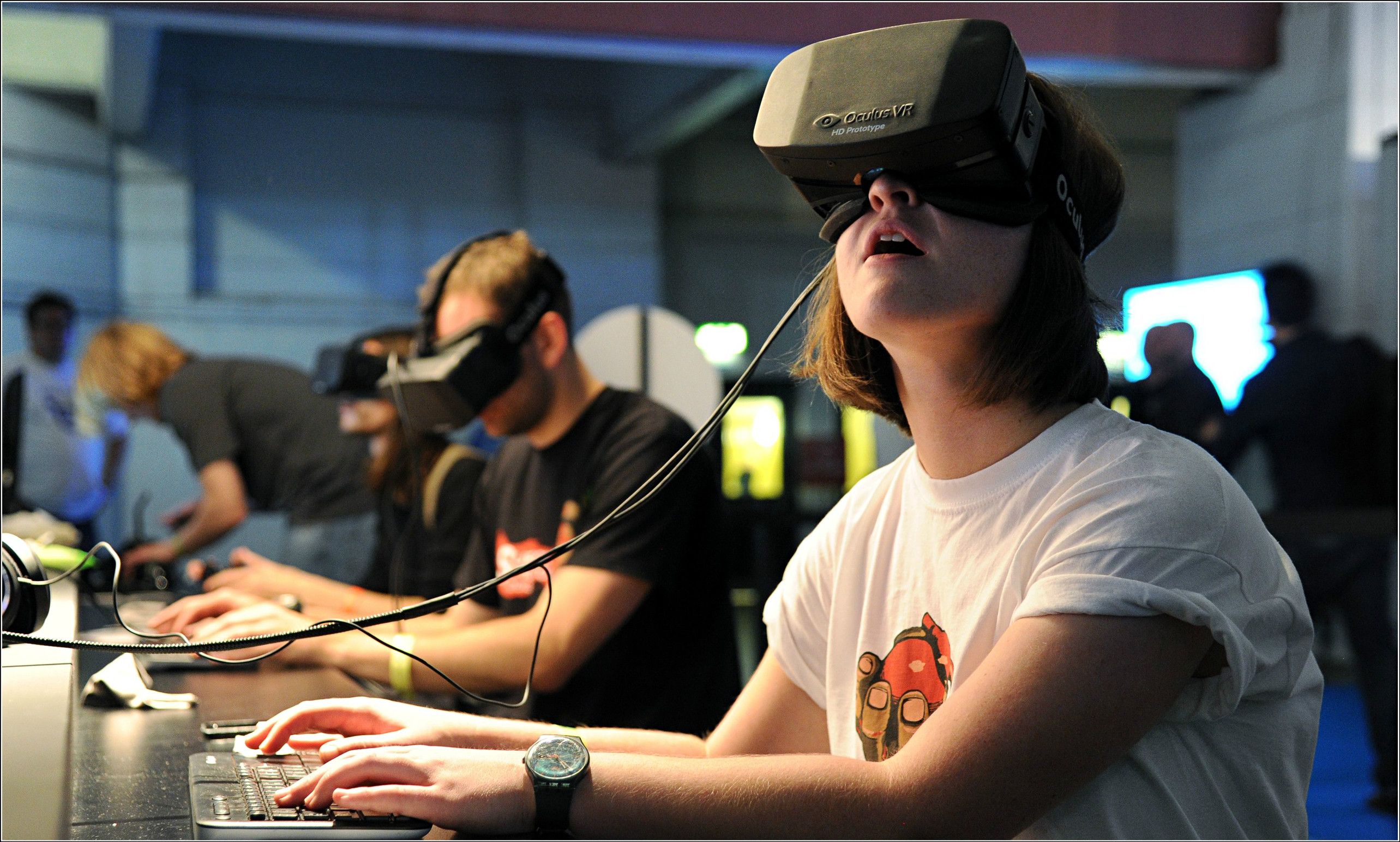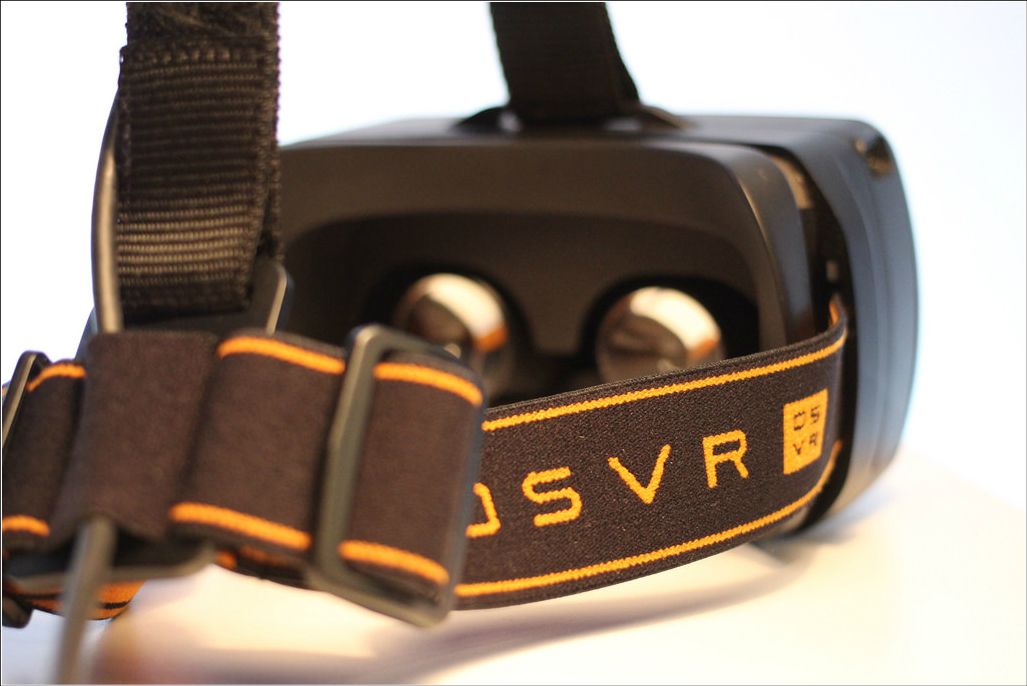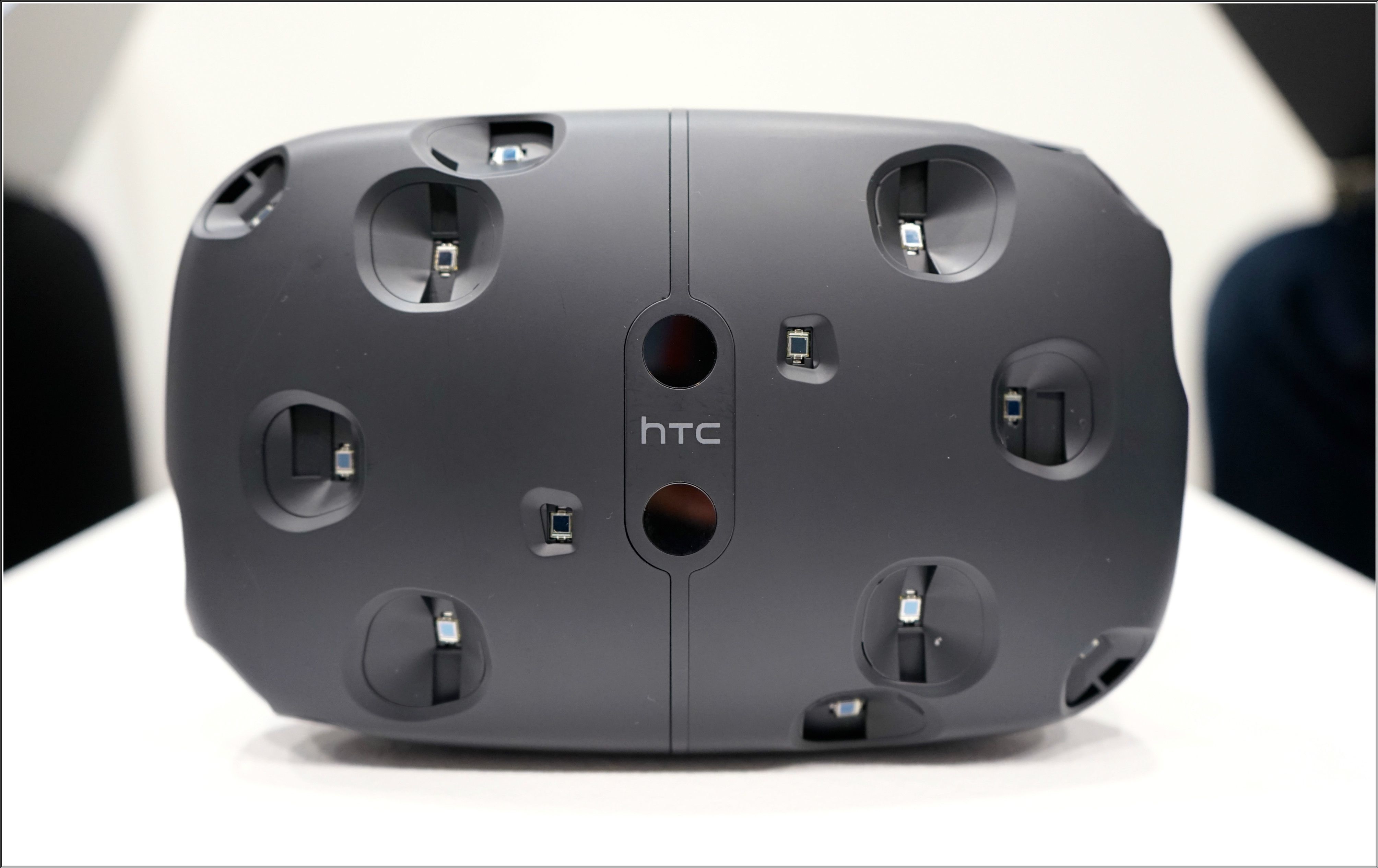As digital technology continues to seep into every aspect of our analog lives, it seems it was only a matter of time before it started to replace our plain old visual experiences with something a little more tantalizing.
Head-mounted displays, or HMDs, are an almost ancient piece of tech which have begun to see a reboot in the past few years as computers get more powerful, and the games inside them more visually spectacular by the day.
In this article, we're going to cut through the noise and give you the basics of the HMD revolution. We'll cover the terms you need to know, the history of where they came from, and how far the technology might be taking us next. So if boring old regular reality just isn't enough anymore, maybe it's time to take a dip into the world of the virtual and see where you end up on the other side.
Seeing Things Differently: a (Brief) History of HMDs
Back in the 1960's, a cinematographer named Morton Heilig had a crazy idea: what if instead of watching movies from the couch like everybody else, you could wear the experience on your head and have the content beamed directly into your eyeballs instead?
Since the earliest steps of the technology up until today, nearly every major electronics manufacturer has dipped their toes into the water with one device or another. Many are now defunct with names you'd never recognize, but a few standouts throughout the years include the Victormaxx Cybermaxx, Sony's 3D TV viewer, and everyone's favorite 90's flop, the Nintendo Virtual Boy.
If we're going to get technical about it (and we are), there are actually three different classifications of HMD. First, there's the classical head-mounted display, which utilizes a standard LCD screen to display images, movies, and 3D videos. Google Cardboard is a great example of how simple these types of devices can be, using nothing more than a $25 cardboard frame on which you can mount any compatible Android phone.
Next there's augmented reality, which in most cases (but not all, as you'll find out later) is achieved by overlaying projected images on top of a pair of see-through goggles or glasses, creating an which effect gives the impression that digital content is interacting with the world around you.
Lastly, there's virtual reality. The key difference between a standard head-mounted display and what's considered a full "virtual reality" experience is in the details of what each device does for the user. If you're sitting back and passively watching a movie on a screen, you're using a standard HMD. If you're standing up, jumping around, and ducking out of the way as digital bullets whizz past your head, that's VR. The distinction is the level of participation, splitting hairs between active and inactive consumption of whatever content is being streamed to the display itself.
It's important to note that what makes this modern push for VR different from previous attempts, is that this time the devices are finally able to keep accurate track where you are in the real world, and then translate that data into movement or actions within the game or experience itself.
With that extra bit of capability tacked on, what used to be a static, controller-based movement system is transformed into a fully immersive experience, one where what you do in this world affects what happens in the other.
Augmented Reality
Have you ever been sitting outside a restaurant watching people walk by and thought to yourself, "Man, this would be so much cooler if aliens were attacking the city and I had to fend them off with my virtual ray gun?"
If so, augmented reality could be just the ticket.
Augmented reality, or AR for short, is a method of digital projection that happens inside an HMD, generally in the form of goggles, glasses, or a specialized visor. Many of the original AR loadouts of yesteryear were focused on military applications, designed to give helicopter pilots and ship captains more accurate methods of acquiring targets and tracking enemy movement.
Nowadays, tech companies have an entirely new vision for the possibilities that augmented reality holds, hoping that with advances in computing power and miniaturization, soon the number of people wearing an AR-capable device will rival the same stats we see with smartphone ownership in 2015.
Three of the most serious contenders in the space include Microsoft, Google, and a little-known outfit called Magic Leap, who are bringing their HoloLens, Glass, and "untitled super-secret project that will change the world forever" to the table, respectively.
Many thought that Google's Glass would give the general public their first real taste of AR, but those dreams were promptly dashed when the search giant shuttered the program late last year.
So now the mantle has been passed to Microsoft, and perhaps to an even greater extent, Magic Leap. Both outfits have made some seriously lofty promises for their products, with the former claiming the HoloLens could "revolutionize the way we work," while the latter seems to be almost entirely focused on the best way to play.
https://www.anrdoezrs.net/links/3607085/type/dlg/sid/UUhtgUeUpU220038/https://www.youtube.com/watch?v=kPMHcanq0xM
The implications of what technology like this could achieve once the kinks are worked out are massive, which is why giants in the industry are so keen on making it happen sooner than later. For consumers the benefits are fairly obvious: directions to a restaurant displayed as you move through the world, data about your jog fed to a display after every mile conquered, and even laser tag/Call of Duty mashup matches in your backyard with you and 30 of your closest friends. You get the idea.
Even more tantalizing, however, is the prospect that AR holds for professionals in design and manufacturing. Imagine drawing up a prototype for a new engine on a tablet, and then being able to hold a virtual mockup in your hands mere seconds later.
No matter what AR eventually does for us, it's growing more obvious by the moment the potential the technology has to change everything we know about how we interact with our world and each other in the coming years.
Virtual Reality
You peer over the edge of a cliff, with a sheer drop thousands of vertical feet down. The wind is blowing in your face, smelling like a mix of the jungle and a beach at the same time. You jump, and a magnificent pair of wings sprout behind you, carrying you into the clouds and beyond.
This is the dream that makers of virtual reality devices have had since their inception, one that's coming closer by the minute. Ivan Sutherland, considered by most to be the "father of VR" believed in a time and place when the lines drawn between man and machine would start to blur, envisioning computers and a system of displays that would create worlds so real, they would be virtually (pun intended) indistinguishable from real life by the layman.
Fast forward half a century, and the drive for true VR has never been stronger. It's a big step beyond augmented reality, and three companies stand out from the rest of the competition, of which there's already quite a bit to trudge through.
Up to bat first is the Oculus Rift, the perennial entry for this millennia from Doom's John Carmack. If there's any VR rig you've heard of, the Rift is probably it. For now the device is still in the development stages, though we've been promised that a consumer version should be here "soon" by the company's PR team.
Next is Razer's OSVR, which simply stands for "Open Source Virtual Reality", because who needs name creativity when you've got a track record like theirs? Early reviews of the dev kit claim the OSVR is about on par with the DK2 of Oculus, which unfortunately for those in the know, isn't exactly the highest of praise.
Finally, there's HTC and Valve's "Vive". Equipped with higher resolution screens and about a dozen more tracking markers than any of the rest, the Vive is likely the closest reference point we have for what consumer VR products will look like five years from now. From the reports of the few people who had the opportunity to try it on at this year's GDC, it could be the great white hope that VR needs to break into the mainstream, albeit at a much higher price tag than the rest.
Whether you're looking to spice up the world you live in or escape into another entirely, the melding of our basic sensory experience with graphical interfaces is sure to fundamentally alter the way we look at the world in the coming decade. The emerging landscapes of VR and AR are an exciting place to be right now, and every day it seems another company is patenting new methods of fooling us into thinking something's there when it's not.
Each have promised consumers a level of immersion unlike anything else we've experienced so far, and while the age of Virtual Boy and Total Recall may be shrinking in the rear view mirror, the era of true digital immersion is waiting just over the next horizon.
Image Credit: Wikimedia, Wikimedia, BagoGames/Flickr, Maurizio Pesce/Flickr, TechStage/Flickr, Microsoft, Bill Grado/Flickr

